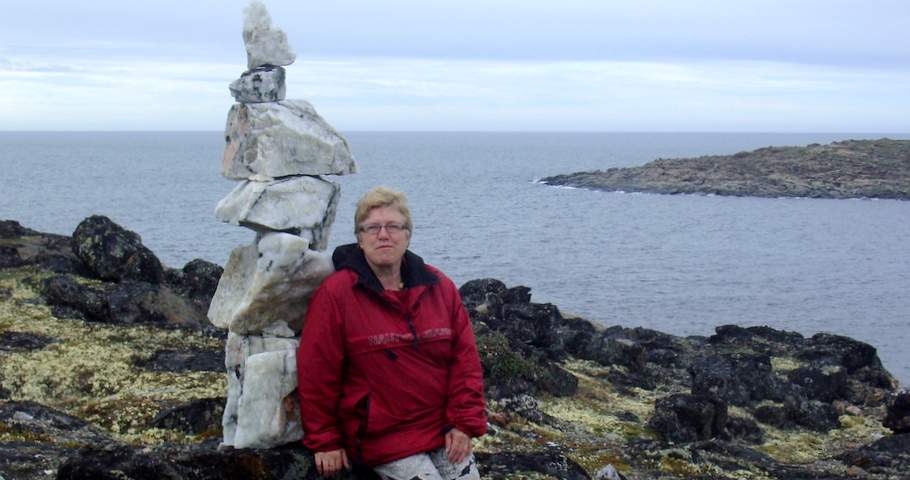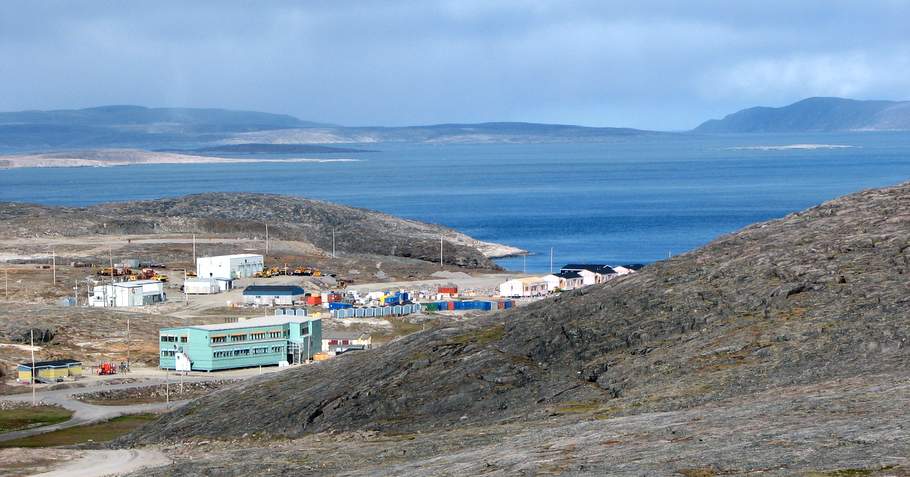Rather, the problems have been identified, measures to redress the situation in depth are being felt.
The many forums and meetings on Leadership and (the) governance in Nunavut and Nunavik demonstrate the solidarity of women in favor of profound changes that are already underway PREVENTION TOOL FOR FAMILY VIOLENCE. After the step of identifying the problems and the commitment (women manifest 2005), there is a need to consolidate support and promote the efforts for lasting change.
Does not combating violence improve health as well as combatting food insecurity? Does not the promotion of education help to fight abuse, violence, neglect? Developing new culturally appropriate family policies helps fight against oppression, systemic discrimination, and racism. It is about human rights. Our Canadian values give weight to the claims of all indigenous peoples.
What is expected of us is respect, support, and solidarity
In Nunavik, thousands of people work with patience and courage to change the structures legitimized by our political powers that still generate injustice and unnecessary suffering. What is expected of us is respect, support, and solidarity. Their struggle is not isolated. Their fight is part of a large movement of awareness that goes well beyond the borders of the territory of Nunavik, added on to Quebec in 1912.Children are living in poverty because their families live in poverty
Child poverty, also a systemic problem affects people of all ages. In short, children are living in poverty because their families live in poverty. The roots of the poverty of the family must be taken into account if child poverty is to be eliminated. When it comes to social inequalities, children are particularly vulnerable to the effects of poverty. For example, children are more vulnerable to health problems due to poor housing and inadequate nutrition.Examples of causes of socioeconomic impacts also include new technologies ...These affect patterns of consumption, the distribution of incomes and wealth, the way in which people behave, both in terms of purchase decisions and the way in which they choose to spend their time and money. It also influences the overall quality of life.
The insights and struggles, large and small, offer hope that in a more or less near future, Inuit families will be united together for practical and beneficial solutions for the offspring that they want to keep close. This drawing, done by my young friend, Évelyne Fleur Sauvage shows the intergenerational link transmission but also those involved to find solutions. The future is taking shape slowly to ensure sustainable results.
Nothing is irreversible, nor impossible to solve
Nothing is irreversible. At present, the problem of the situation of women and Inuit children includes both the struggles of local people in Nunavik and those of its people who have chosen to migrate toward major urban centers.Many insights and innovation efforts are evident, supported by women's associations, expert associations in buildings, leaders of groups that favor new structures more respectful of their needs and their rights. This social explosion of creativity is accompanied by a quiet struggle to fight the structures that perpetuate inequality and injustice.
Women play a critical role in the rebuilding of families and communities and Nations. If family violence, poverty, suicide and alcohol abuse create chaos in the lives of children, women are now making this their central concern.
This approach to thinking differently and the commitment to see it from their viewpoint remain essential if we want to talk about supporting the indigenous peoples. We must realize the interdependence in which we are to understand that the problem of women and indigenous children is also our problem. This is a situation that concerns us all.
The approach towards reflection and our commitment remains essential
This is an issue for all Canadians. In some indigenous communities, men are rarely, if ever, assessed for failure to protect. Even when a child has two parents, “neglect” investigations focus primarily on the mothers. Child protection workers routinely engage with mothers and ignore fathers and father figures even when fathers are the identified source of a family’s difficulties. I saw this in action in Nunavik. When I worked among them, I was confronted with a structure that had too much red tape bringing with it many walls for the Inuit women; so much oversight that women did not get the benefits of justice; too many high end players with their own agendas and too well written scripts emphasising the importance of child protection to the exclusion of understanding the family context.
Can we now divert our thinking about our own interests? Are we sufficiently in solidarity with all the women and children of our country to re-evaluate our own behavior as colonizers who think we hold a monopoly on the truth?
Petition to empower the mothers and to reduce placements of the children
Signing a petition is a first serious step to empower the mothers and to reduce placements of the children.Like all that matters, we have to make the connections with what we can all do to help. The petition is to be given to PM Justin Trudeau in the hopes of restoring dignity but also their rights to stable families and harmonious communities. Policies and practices that reflect longstanding and deeply embedded mother-blaming culture and father invisibility ideologies which shape child protection systems have to be updated by taking into consideration the Inuit way of raising their children.









No comments:
Post a Comment